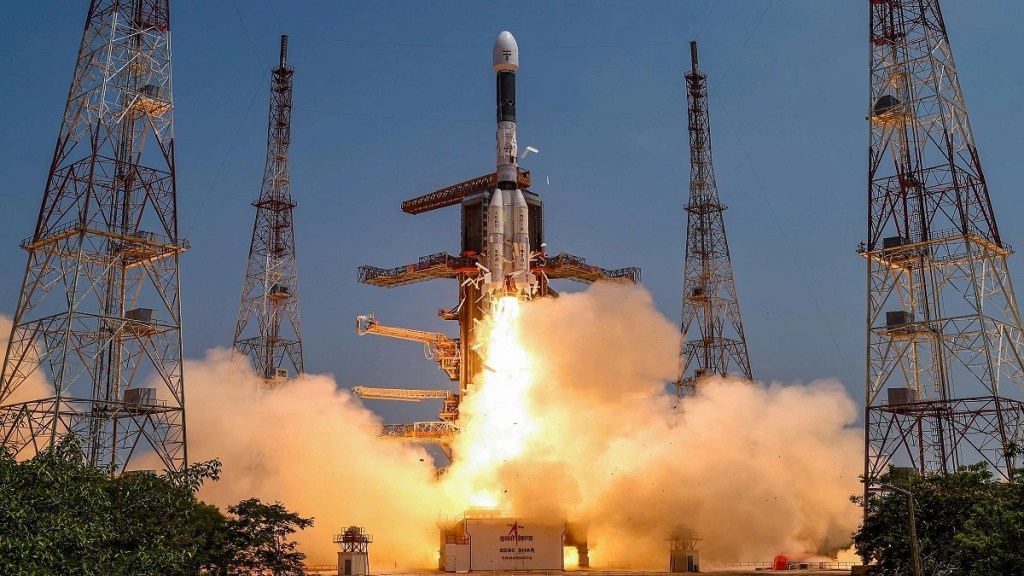The launch of NVS-01, the inaugural satellite in the second-generation navigation satellite series, by Indian Space Research Organisation (ISRO) marks a significant milestone in India’s regional satellite navigation system, NavIC, comparable to GPS. It was launched earlier this week using a GSLV rocket with a cryogenic upper stage and powered by seven engines provided by Godrej Aerospace to ISRO for this mission.
Following the launch Maneck Behramkamdin, AVP and Business Head, Godrej Aerospace said that the company has contributed a total of seven engines. The engines have been built indigenously by Godrej Aerospace India: three L40 Vikas Engines, one GS2 Contour Engine, one CUS Engine, and two Steering Engines.
About the engines
Engine Power Material
L40 Vikas engine 78 tonnes each Stellite
GS2 Contour engine 82 tonnes Stellite
CUS engine 7.1 tonne Stainless steel, copper
Steering engine 0.2 tonne each Stainless steel, copper
According to the company official Godrej Aerospace has played a major role in the indigenous journey of ISRO and has to its credit contributed to all PSLV and GSLV launches and over 175 engines and other critical equipment have been delivered till date.
“The flawless performance of the second stage Vikas engine and the seamless operation of the cryogenic stage propelled the satellite along its predicted trajectory. This remarkable accomplishment exemplifies our commitment to advancing India’s space exploration endeavors using indigenous expertise.” says Maneck Behramkamdin.
More about NVS-01
Weighing approximately 2,232 kg, this satellite enhances NavIC by incorporating L1 and L5 band signals. The utilization of these bands, operating within the 1 to 2 gigahertz radio spectrum, expands the range of services offered, reaching the upper end of the ultra-high frequency (UHF) band.
NavIC, originally known as the Indian Regional Navigation Satellite System, is an indigenous project designed to provide users with highly accurate positioning (less than 20 meters) and precise timing (better than 50 nanoseconds).
Notably, the satellite hosts an indigenous rubidium (Rb) atomic clock. These clocks are highly regarded for their slim design, lightweight structure, and ease of construction. Rb clocks find widespread application in various military functions, including secure communications, electronic warfare, command and control, telemetry, and navigation.
The mission conducted on Monday signifies the sixth operational flight of the GSLV (Geosynchronous Satellite Launch Vehicle) with an indigenous cryogenic stage. ISRO estimates that the mission life of NVS-01 will exceed 12 years, highlighting its long-term functionality and sustainability.
ISRO has announced that the new satellite series, NVS-01, will expand its services by incorporating L1 band signals. Additionally, for the first time, an indigenous atomic clock will be deployed on board NVS-01.
To ensure its power supply, the satellite is equipped with two solar arrays capable of generating up to 2.4 kW of power. During eclipse periods, a Lithium-ion battery supports the payload and bus load. The satellite employs both passive and active thermal management systems to regulate its temperature. It also features a unified bi-propellant propulsion system and a three-axis body stabilized zero momentum system utilizing reaction wheels.

